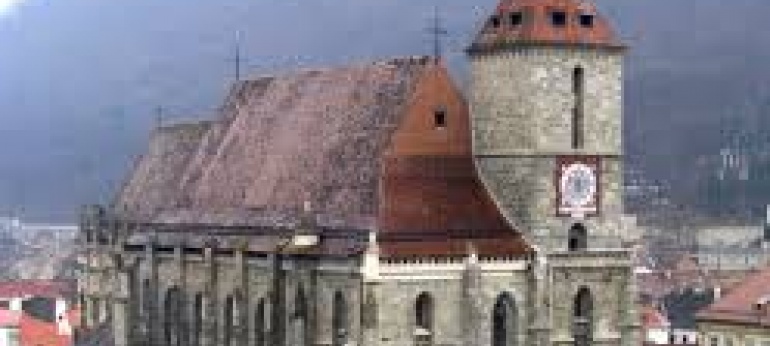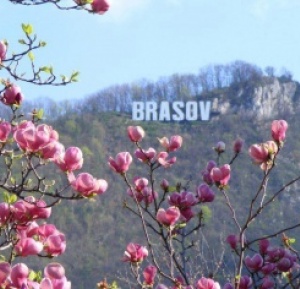The Black Church - The imposing building in the centre of Brasov was built during the 14-15th century. The construction started in 1383. The proportions of the Gothic Church laid out on the construction plan were huge: 89m long, 38m wide and 42m high. From the two towers planned, only one was built, a 65m high one. In 1421, when the construction work was nearing its end, Turkish raids caused extensive damage to the church as well. The dangers having passed, the works continued, and the church was inaugurated in 1477, while the tower in 1514. In 1542, when the Saxon town accepted the reforms of Honterus and embraced the Lutheran religion the local Catholic church became Evangelical. The events in Transylvania in between 1143-1571 were recorded on the walls, but according to a book written by Balázs Orbán the list of the persons donating for the construction of the church was also present on the wall. Unfortunately the 1689 fire destroyed the recordings. It is said that before the huge fire there were 22 altars beside the gilded main altar which was decorated with silver statues. Due to the walls blackened by the fire the church became to be known as the Black Church. The restoration work was difficult because of the frequent earthquakes and lasted almost 100 years and resulted in a mostly Baroque interior. In the interbellum period the statues of the lofts were replaced by duplicates, but the originals are also in the church. Many concerts are held on the 3993 pipes and 76 registers Buchholz mechanical organ, the greatest in south-eastern Europe and the only one so well preserved. The Black Church exhibits the richest collection of Anatolian carpets in all Europe, from the 16th and 18th centuries, murals from the 15th century, a baptismal font from 1472 and a number of other ecclesiastical objects. Exhibitions present the history of the church and restorations as well as of the life and work of the great reformer Johannes Honterus (1498-1549).













